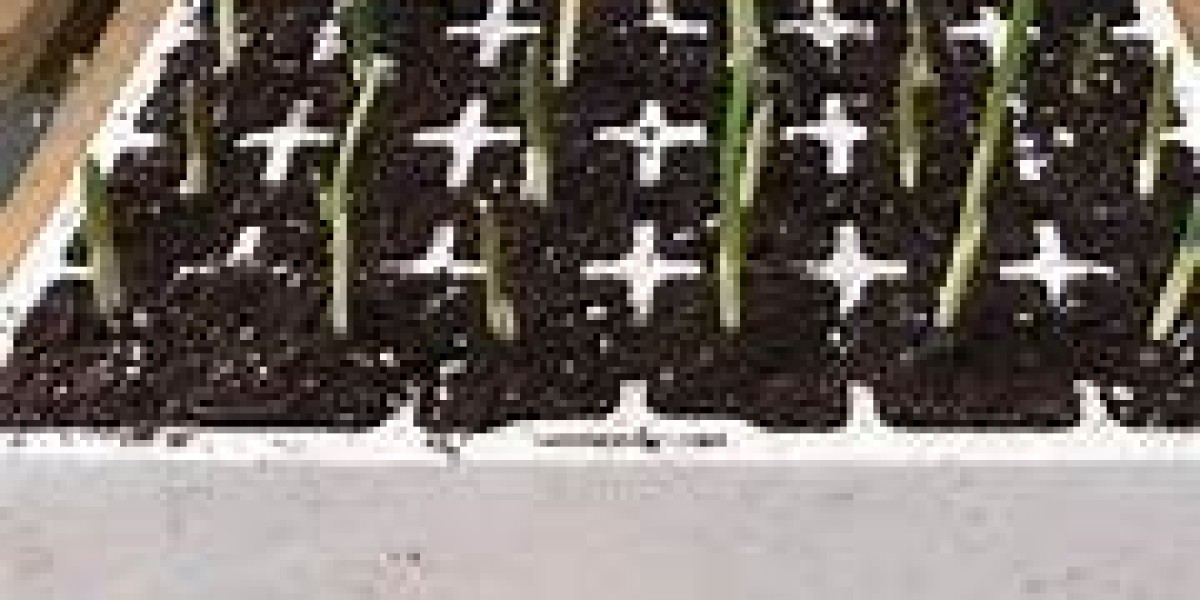Seed and cutting compost plays a vital role in plant propagation, ensuring the healthy growth of young plants from seeds and cuttings. Whether you're a beginner gardener or an experienced horticulturist, selecting the right compost is essential to give your plants the best start in life. For those looking to establish a healthy garden, the choice of seed and cutting compost cannot be underestimated. In fact, many gardeners, such as those using products from Fif Fit Garden, rely on specialized compost to create the optimal conditions for seed germination and root development.
The Composition of Seed and Cutting Compost
Seed and cutting compost is specifically formulated to meet the needs of young plants and delicate cuttings. Unlike standard garden compost, it has a lighter texture and is often free from large chunks of organic material, which can inhibit root development. This type of compost generally has lower nutrient levels compared to other composts, preventing seedlings from becoming "leggy" or overgrown too quickly. Its finely textured structure ensures good drainage while retaining enough moisture to support the early stages of plant growth. This balance of air and water is crucial for both seeds and cuttings, which are more susceptible to damage from overly wet or dry conditions.
Benefits of Using Seed and Cutting Compost
The benefits of using seed and cutting compost are numerous. First, it promotes faster and more reliable germination by providing a stable environment free of pests, diseases, or nutrient imbalances. Second, it is ideal for root development, as its loose texture allows delicate roots to spread easily and establish themselves without resistance. Additionally, seed and cutting compost helps maintain a neutral pH, which is essential for most plant species. Overly acidic or alkaline conditions can stunt growth and lead to failed propagation efforts. The compost also supports healthy moisture retention, which is particularly important for cuttings that require consistent hydration to thrive.
Differences Between Seed and Cutting Compost and Regular Compost
Many gardeners may wonder why they can’t simply use regular garden compost for seeds and cuttings. The answer lies in the specific needs of these young plants. Regular compost is often rich in nutrients, which can overwhelm seedlings and cuttings. High nutrient levels might cause young plants to grow too quickly before they can establish a strong root system, leading to weak, leggy growth. Furthermore, regular compost often contains large chunks of organic material, which can block airflow and water drainage, making it less ideal for the delicate roots of seedlings and cuttings. Seed and cutting compost is specially designed to avoid these issues, providing a more controlled and stable growing environment.
How to Use Seed and Cutting Compost Effectively
To get the most out of seed and cutting compost, it's important to use it properly. When sowing seeds, lightly firm the compost into pots or trays and water thoroughly before planting. This ensures that the compost is evenly moist, promoting even germination. For cuttings, insert the cut stems into the compost and gently firm around them to remove any air pockets. Always keep the compost moist but not waterlogged, as too much water can cause roots to rot. Seed and cutting compost is ideal for propagating a wide range of plants, from flowers to vegetables and herbs, giving you a versatile option for all your gardening needs.
Sustainability and Environmental Considerations
As gardeners become more conscious of their environmental impact, it's worth considering the sustainability of seed and cutting compost. Many modern composts are now formulated to be peat-free, reducing the environmental degradation caused by peat extraction. Peat-free compost options are made from renewable resources like coir, wood fiber, and green compost, providing an eco-friendly alternative without compromising on performance. Choosing environmentally sustainable seed and cutting compost not only benefits your plants but also supports broader efforts to protect natural habitats and reduce carbon footprints in gardening practices.
Conclusion: A Crucial Component for Successful Plant Propagation
Seed and cutting compost is an indispensable tool for gardeners aiming to propagate healthy plants from seeds and cuttings. Its carefully balanced texture, low nutrient levels, and moisture retention properties provide the perfect conditions for young plants to thrive. By using specialized compost, gardeners can increase their chances of successful germination and rooting, leading to stronger, healthier plants in the long run. As gardening trends continue to evolve towards sustainability, selecting peat-free seed and cutting compost can also make a positive impact on the environment. Whether you’re growing vegetables, flowers, or ornamental plants, investing in the right compost will ensure your garden flourishes from the very start.



